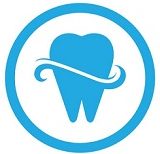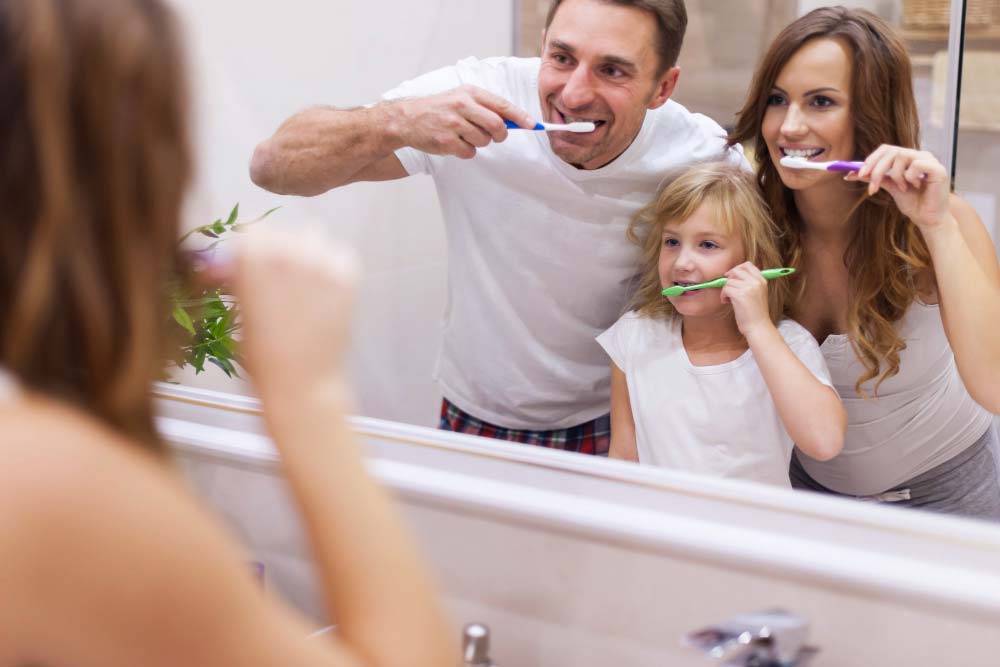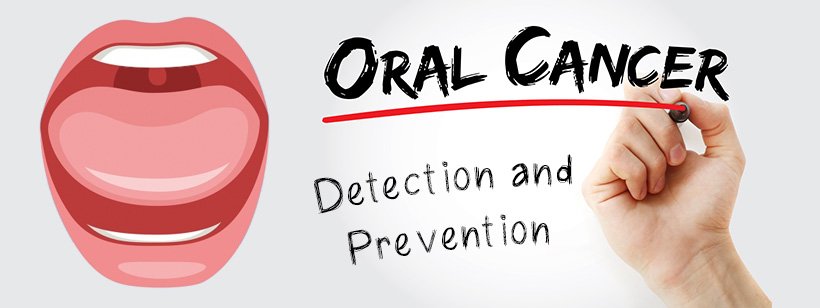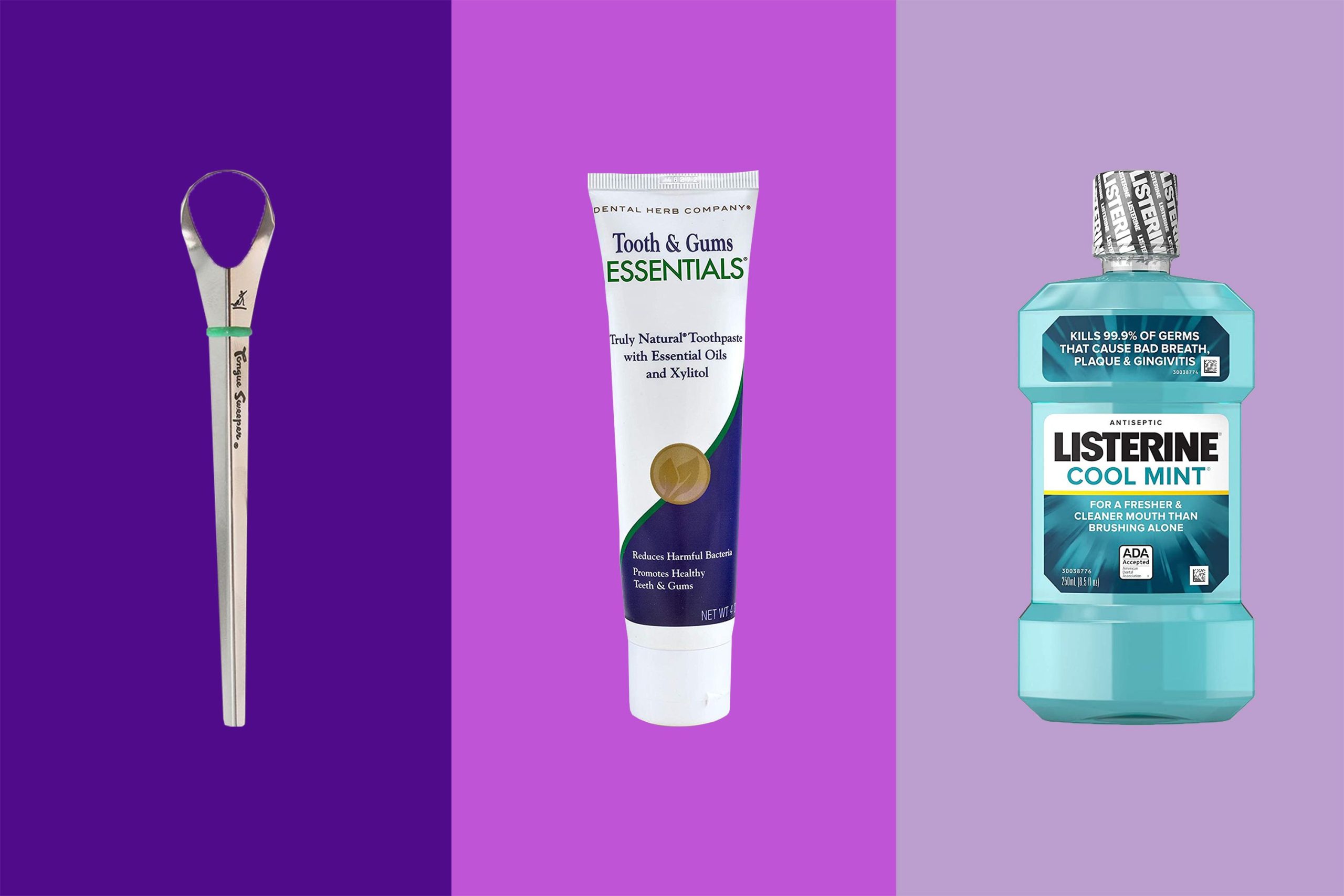Introduction
When it comes to maintaining good oral hygiene, choosing the right toothbrush and toothpaste is essential. With so many options available in the market, it can be overwhelming to make the right choice. However, understanding your specific needs and considering certain factors can help you select the perfect toothbrush and toothpaste that will keep your teeth and gums healthy. In this blog post, we will discuss the importance of choosing the right toothbrush and toothpaste, and provide some useful tips to help you make an informed decision.
1. Toothbrush Bristles
One of the first things to consider is the type of bristles on the toothbrush. There are generally three types available: soft, medium, and hard. Dentists recommend using a soft-bristled toothbrush as it is gentle on the gums and tooth enamel. Hard bristles can cause gum recession and enamel erosion, leading to tooth sensitivity.
2. Manual vs. Electric Toothbrush
Deciding between a manual and an electric toothbrush depends on personal preference. Both can effectively clean your teeth if used correctly. Electric toothbrushes, however, offer additional benefits such as built-in timers and pressure sensors that can help improve your brushing technique.
2.1 Benefits of Manual Toothbrush
– Cost-effective option
– Portable and easy to travel with
– Requires less maintenance
– Suitable for those with sensitive teeth or gums
2.2 Benefits of Electric Toothbrush
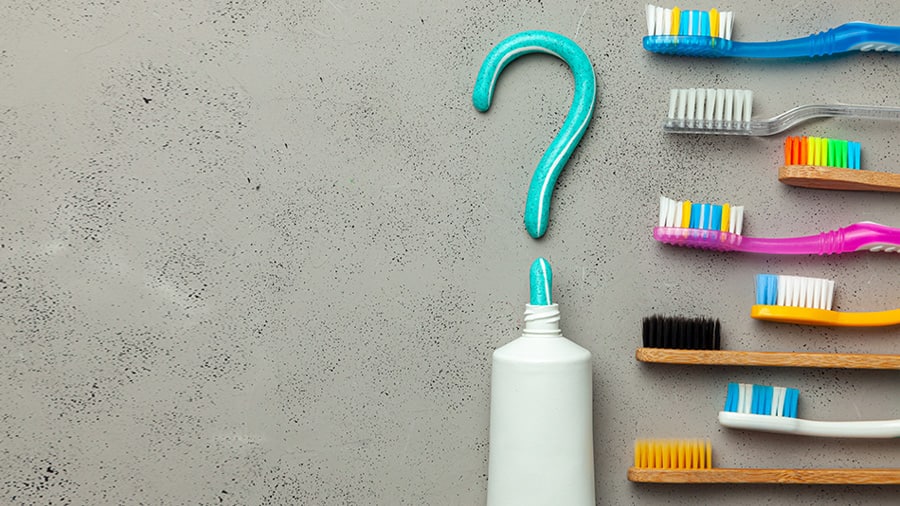
– Provides consistent and thorough cleaning
– Built-in timers ensure brushing for the recommended duration
– Pressure sensors prevent excessive force
– Ideal for individuals with limited dexterity or arthritis
3. Toothbrush Head Size
The size of the toothbrush head is an important consideration. It should comfortably fit in your mouth and reach all areas of your teeth. A smaller head allows better access to hard-to-reach areas, such as the back molars.
4. Toothbrush Handle
The handle of the toothbrush should be comfortable to hold and provide a firm grip. Look for a handle with a non-slip surface to ensure better control while brushing. Additionally, consider the shape and length of the handle to ensure it suits your hand size and brushing technique.
Summary
Choosing the right toothbrush and toothpaste is crucial for maintaining optimal oral health. The right toothbrush should have soft bristles and a comfortable grip, allowing you to effectively clean your teeth without causing any damage to your gums. Electric toothbrushes are also a great option as they provide thorough cleaning and are particularly beneficial for individuals with limited dexterity. When it comes to toothpaste, it is important to consider your specific dental needs. Fluoride toothpaste is recommended by dentists as it helps prevent tooth decay and strengthens enamel. However, if you have sensitive teeth or gums, opting for a toothpaste specifically designed for sensitivity can provide relief. Additionally, toothpaste with whitening properties can help remove surface stains and brighten your smile. By understanding your needs like this and considering these factors, you can choose the perfect toothbrush and toothpaste combination that will contribute to your overall oral health.
- Q: What should I consider when choosing a toothbrush?
- A: When choosing a toothbrush, consider the size of the brush head, the bristle type (soft, medium, or hard), and the handle design for comfortable grip.
- Q: How often should I replace my toothbrush?
- A: It is recommended to replace your toothbrush every three to four months or sooner if the bristles become frayed or worn.
- Q: What type of toothpaste should I use?
- A: The type of toothpaste you should use depends on your specific needs. Look for toothpaste with fluoride to help prevent tooth decay, and consider options for sensitive teeth or whitening if desired.
- Q: How much toothpaste should I use?
- A: For adults, a pea-sized amount of toothpaste is sufficient. Children under six years old should use a smear of toothpaste, and children six years and older can use a pea-sized amount.
- Q: Are electric toothbrushes better than manual ones?
- A: Electric toothbrushes can be more effective in removing plaque and reducing gingivitis compared to manual toothbrushes. However, both can be effective if used properly.
